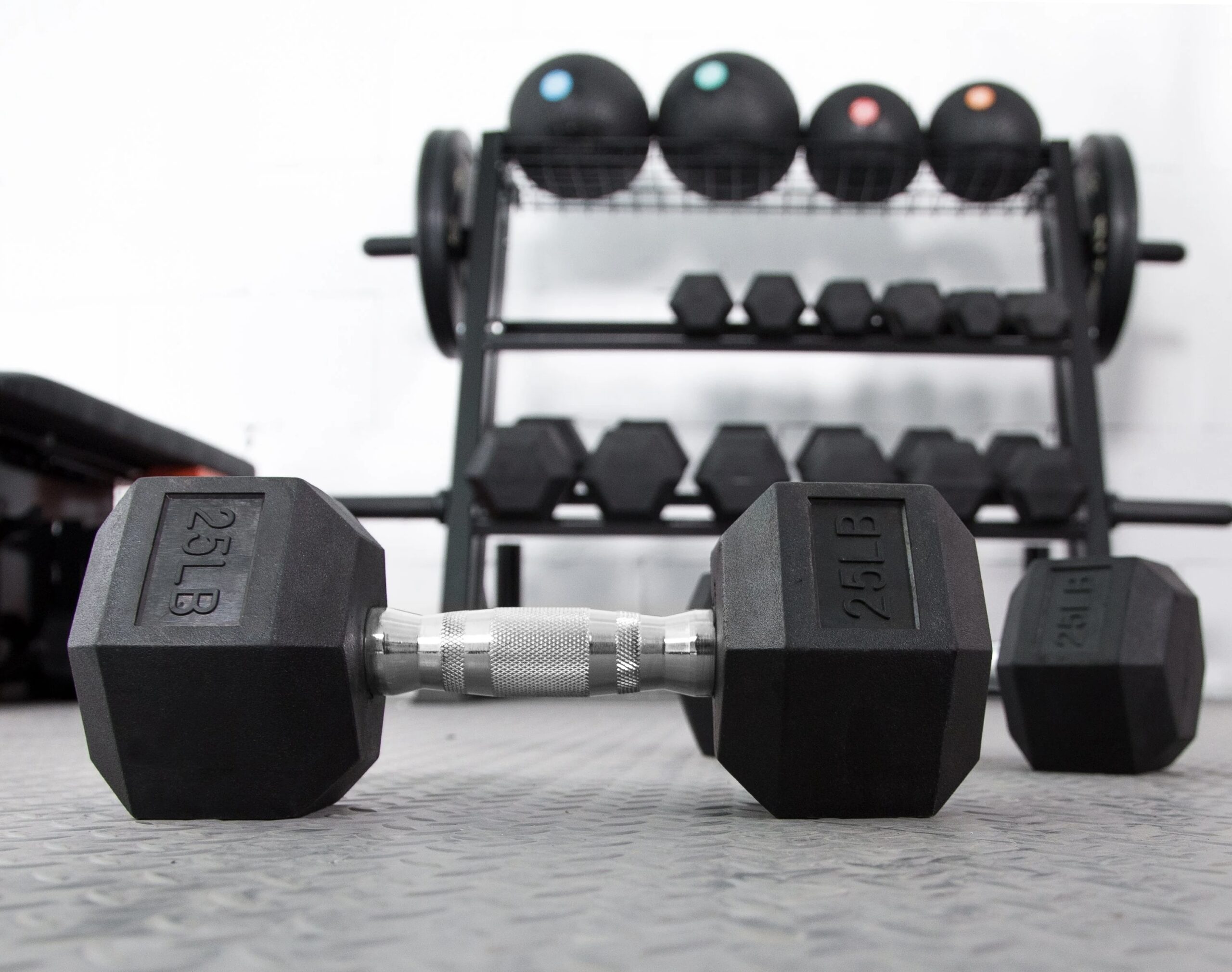Introduction
Bone health is a crucial aspect of overall well-being, especially as we age. Osteoporosis, a condition characterized by weak and brittle bones, affects millions globally, leading to increased risk of fractures and a decline in quality of life. While various factors contribute to bone density, one of the most effective ways to enhance bone health is through resistance training. This blog post will explore how resistance training benefits bone health, the science behind it, the types of exercises that are most effective, and practical tips for incorporating resistance training into your routine.
Understanding Bone Health
Before diving into how resistance training benefits bone health, it’s essential to understand what bone health entails. Bones are living tissues that undergo a continuous process of remodeling, which involves bone formation and resorption. This balance is influenced by various factors, including age, hormones, nutrition, and physical activity.
As we age, bone density tends to decrease, especially in postmenopausal women due to a drop in estrogen levels. This decline makes bones more susceptible to fractures. Therefore, maintaining bone density through lifestyle choices is vital for long-term health.
The Science Behind Resistance Training and Bone Health
Resistance training, also known as strength training, involves exercises that improve muscle strength and endurance by working against resistance. This type of training stimulates bone remodeling, which is critical for maintaining and building bone density.
- Mechanical Load and Bone Density: Bones respond to mechanical load. When you engage in resistance training, the stress applied to the bones during exercises prompts the body to strengthen them. This process is known as mechanotransduction, where mechanical signals are converted into biochemical responses, leading to increased bone formation.
- Hormonal Response: Resistance training triggers the release of various hormones, including growth hormone and testosterone, which play essential roles in bone health. These hormones promote bone formation and help in maintaining bone density.
- Muscle-Bone Interaction: Strong muscles exert force on bones, which enhances bone density. The relationship between muscle and bone health is often termed the “muscle-bone axis.” When muscles are strengthened through resistance training, they pull on bones more effectively, stimulating bone growth.
- Reduction of Bone Resorption: Studies have shown that resistance training can decrease bone resorption, the process by which bone is broken down. By promoting bone formation and reducing resorption, resistance training helps to maintain a healthy balance in bone remodeling.
Benefits of Resistance Training for Bone Health
- Increased Bone Mineral Density (BMD): Numerous studies have demonstrated that individuals who engage in regular resistance training show significant improvements in BMD. Enhanced BMD reduces the risk of fractures and osteoporosis.
- Improved Balance and Coordination: Resistance training enhances muscle strength, which contributes to better balance and coordination. Improved balance reduces the risk of falls, a leading cause of fractures in older adults.
- Enhanced Functional Fitness: Resistance training not only builds muscle but also improves functional fitness. This means individuals can perform daily activities more easily and with less risk of injury.
- Long-term Health Benefits: Regular resistance training can help prevent osteoporosis and other age-related bone issues. Maintaining bone health is crucial for longevity and quality of life.
- Psychological Benefits: Engaging in resistance training can boost self-esteem and mental health. The confidence gained from strength training can encourage individuals to stay active and pursue healthier lifestyles.
Types of Resistance Training Exercises
To effectively enhance bone health, it’s important to include a variety of resistance training exercises in your routine. Here are some types of exercises that are particularly beneficial:
- Weightlifting: Traditional weightlifting exercises, such as squats, deadlifts, and bench presses, are highly effective for building muscle and bone density.
- Bodyweight Exercises: Exercises like push-ups, pull-ups, and squats utilize your body weight as resistance and can be performed anywhere, making them accessible for all fitness levels.
- Resistance Bands: Resistance bands provide a versatile and portable way to engage in strength training. They can be used for a variety of exercises targeting different muscle groups.
- Functional Training: Exercises that mimic everyday movements, such as lunges and step-ups, are excellent for improving functional strength and enhancing bone health.
- High-Impact Activities: Activities like jumping, running, and dancing can also stimulate bone growth due to the impact forces they produce. These should be incorporated carefully, especially for those with existing bone health issues.
Practical Tips for Incorporating Resistance Training
- Start Slow: If you’re new to resistance training, start with lighter weights or bodyweight exercises. Gradually increase the intensity as your strength improves.
- Focus on Form: Proper technique is crucial for preventing injuries and maximizing benefits. Consider working with a trainer, especially when starting.
- Aim for Consistency: Aim to engage in resistance training at least two to three times a week. Consistency is key to seeing improvements in bone health.
- Combine with Other Activities: For optimal bone health, combine resistance training with weight-bearing aerobic activities, such as walking, jogging, or dancing.
- Listen to Your Body: Pay attention to how your body responds to different exercises. If you experience pain or discomfort, modify your routine accordingly.
- Consult a Professional: If you have existing health conditions or concerns about your bone health, consult with a healthcare professional or physical therapist before starting a new exercise regimen.
Conclusion
Resistance training is a powerful tool for enhancing bone health and preventing age-related bone loss. By incorporating various forms of resistance exercises into your routine, you can increase bone mineral density, improve balance and coordination, and enjoy long-term health benefits. As you embark on your resistance training journey, remember to start slow, focus on proper form, and stay consistent. Here’s to building a stronger, healthier you—one rep at a time!
